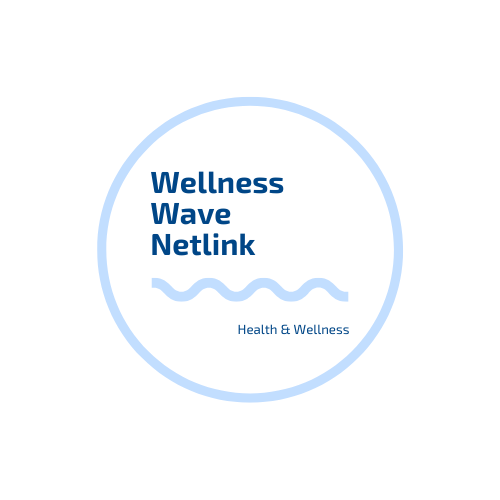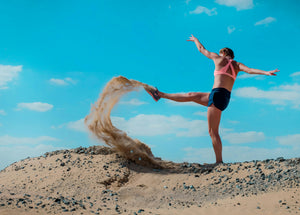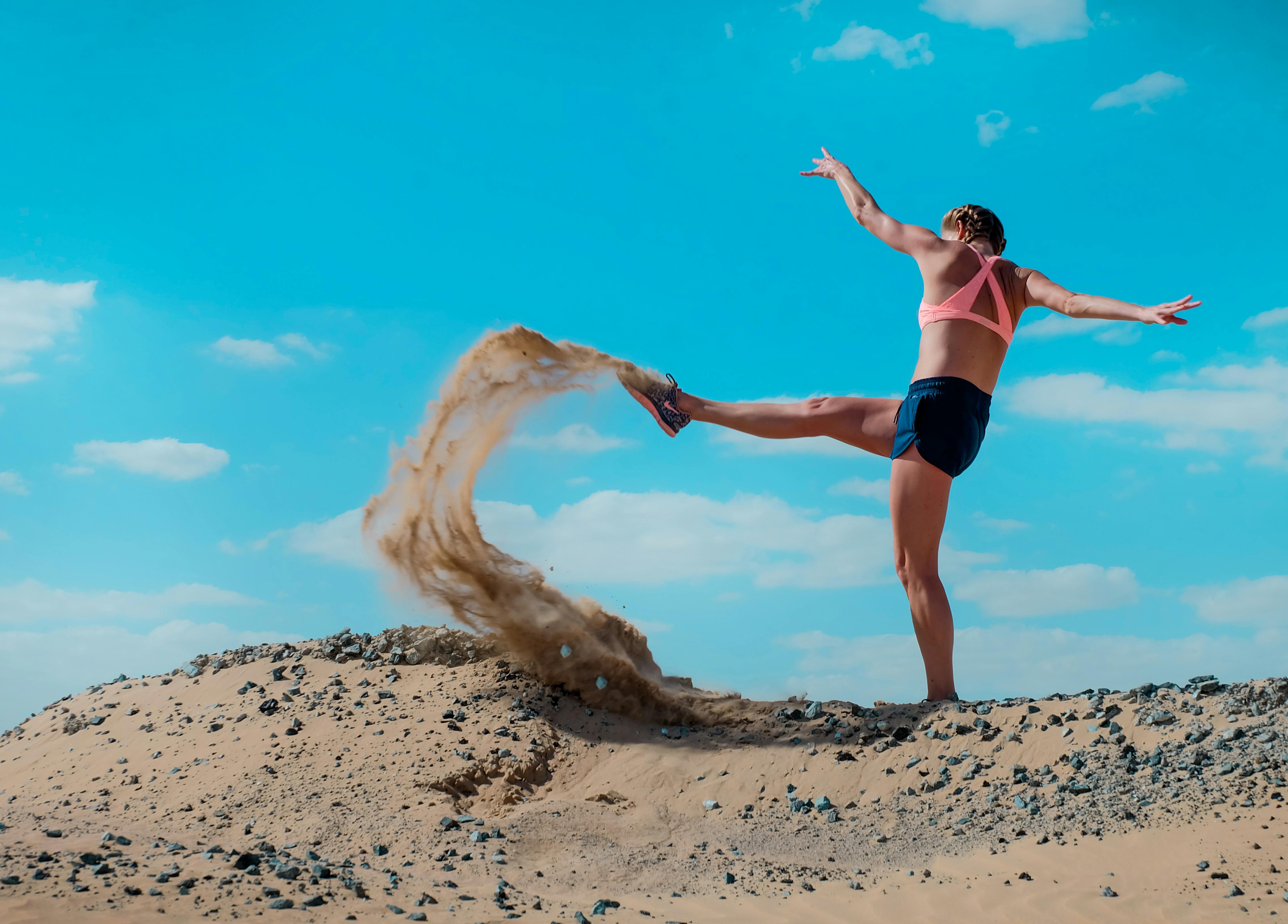Imagine walking into a gym where everyone feels seen, supported, and celebrated—not judged or left behind. That’s what inclusive fitness is all about. It’s not just a buzzword or a passing trend; it’s a movement reshaping the fitness and wellness industry in 2025 and beyond.
In a world that’s becoming more diverse and self-aware, inclusivity is no longer optional—it’s essential. Whether you’re a studio owner, personal trainer, or wellness entrepreneur, creating spaces that honor every body is the key to long-term success.
Let’s dive into what inclusive fitness really means and how your business can lead the charge.
1. What Does “Inclusive Fitness” Really Mean?
Inclusive fitness isn’t just about offering beginner classes or a variety of workout styles. It’s about building an environment where people of all ages, sizes, abilities, and backgrounds can thrive.
That means rethinking accessibility—from physical spaces and training approaches to the imagery, language, and tone of your brand.
According to the American College of Sports Medicine (ACSM), inclusivity ranked among the top global fitness trends for 2025, reflecting a powerful shift in consumer expectations. People are no longer looking for “perfect-body” fitness—they want real, relatable, and respectful experiences.
Pro Tip: Start by auditing your space and services. Ask yourself: Can someone with limited mobility easily access your gym? Do your marketing photos represent a range of body types, genders, and cultures?
Supporting Insight: A 2023 Mindbody Wellness Index report found that 71% of consumers prefer fitness brands that reflect people who look like them.
2. Adaptive Programming: Fitness for Every Ability
Inclusive fitness begins with adaptive programming—workouts designed to meet clients where they are, not where the “average” person might be.
From chair-based yoga to adaptive strength training, these programs open the door for people living with disabilities, chronic pain, or age-related limitations. Even simple adjustments—like alternative movements, adjustable equipment, or more rest periods—can make a massive difference.
Pro Tip: Train your instructors in adaptive fitness techniques. Organizations such as the Adaptive Training Academy (ATA) offer certifications that teach how to modify exercises safely and effectively.
Stat Check: The CDC reports that 1 in 4 adults in the U.S. live with some form of disability—that’s over 60 million potential clients often overlooked by traditional fitness programs.
Industry Voice: “When we design for the margins, we end up benefiting everyone.” — Elise Roy, Disability Inclusion Expert
3. Cultural Sensitivity and Representation Matter
Inclusivity also means being culturally aware. Fitness isn’t one-size-fits-all, and cultural beliefs often influence movement preferences, attire, and even comfort levels in mixed-gender spaces.
Diverse representation in marketing and instruction helps people feel like they belong before they even walk through the door. Whether it’s offering women-only training hours, multilingual instruction, or imagery that reflects racial and cultural diversity, small gestures can lead to big impact.
Pro Tip: Review your marketing visuals, playlists, and class names. Do they unintentionally exclude anyone? Representation builds trust—and trust builds community.
Supporting Insight: The Les Mills Global Fitness Report (2025) found that studios emphasizing diversity in their staff and media materials experienced 25% higher member retention.
4. Training Teams for Empathy and Awareness
Inclusivity starts with people, not policies. Your trainers, front-desk staff, and management all shape the client experience. A single careless comment or lack of understanding can make someone feel alienated.
Regular workshops on empathy, cultural sensitivity, and inclusive language help create a culture of care. It’s not about perfection—it’s about progress and perspective.
Pro Tip: Implement quarterly inclusivity training. Invite guest speakers from diverse backgrounds to share real stories and strategies for empathy-based coaching.
Industry Voice: “Diversity is being invited to the party; inclusion is being asked to dance.” — Verna Myers, Inclusion Strategist
5. Marketing Inclusion Authentically
Consumers can spot tokenism a mile away. True inclusivity goes beyond a photoshoot—it’s lived out in your mission, policies, and daily operations.
When you market inclusivity, focus on authenticity. Share client success stories, highlight your adaptive programs, and celebrate real transformations—not airbrushed perfection.
Pro Tip: Create a short inclusivity statement for your website or social media bios. It signals to potential clients that your business is intentional about creating welcoming spaces.
Supporting Insight: The FS8 Wellness Report (2025) listed authenticity and inclusivity as top drivers of brand loyalty among Gen Z and Millennials.
6. Building Community Beyond the Gym
The heart of inclusivity is community. Host events that celebrate diversity—such as charity workouts for accessibility causes, women’s empowerment sessions, or mindfulness classes that welcome all genders and identities.
Building community bonds turns clients into advocates and transforms your brand from a service provider into a movement.
Pro Tip: Start a community spotlight series. Feature different members each month and share their unique fitness journeys to inspire others.
Stat Check: According to the Harvard Business Review, brands that prioritize community-driven marketing see up to 20% higher retention rates than those that focus solely on products.
Final Thoughts: Every Body Deserves a Seat at the Table
Inclusive fitness isn’t about being politically correct—it’s about being human. It’s about recognizing that wellness looks different for everyone and that true fitness meets people where they are.
In 2025, the businesses that thrive won’t be those with the fanciest equipment or trendiest programs—they’ll be the ones that make people feel they belong.
So, take the first step today. Review your programs, listen to your clients, and commit to building a wellness brand that welcomes every body. Because when you make space for everyone, your business—and your community—grow stronger together.



